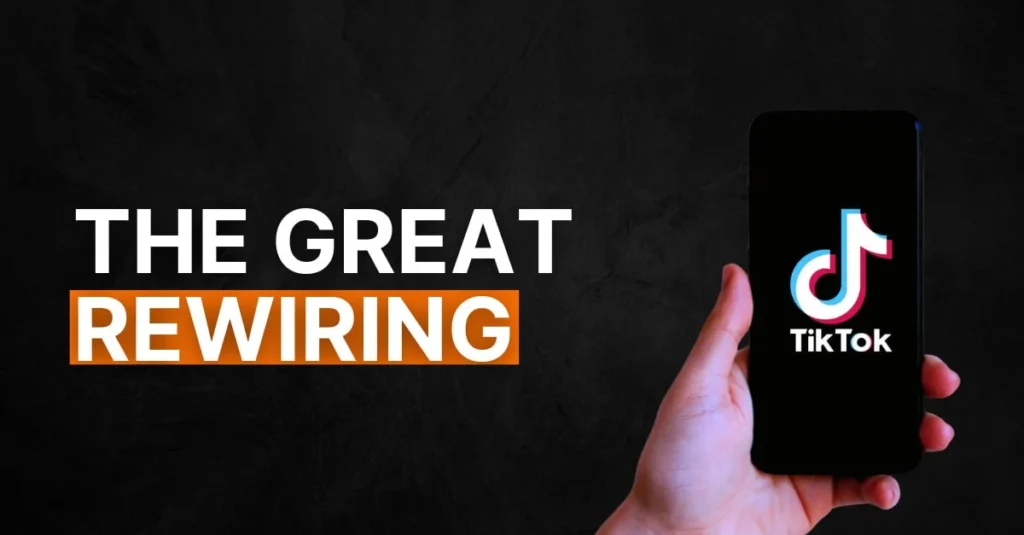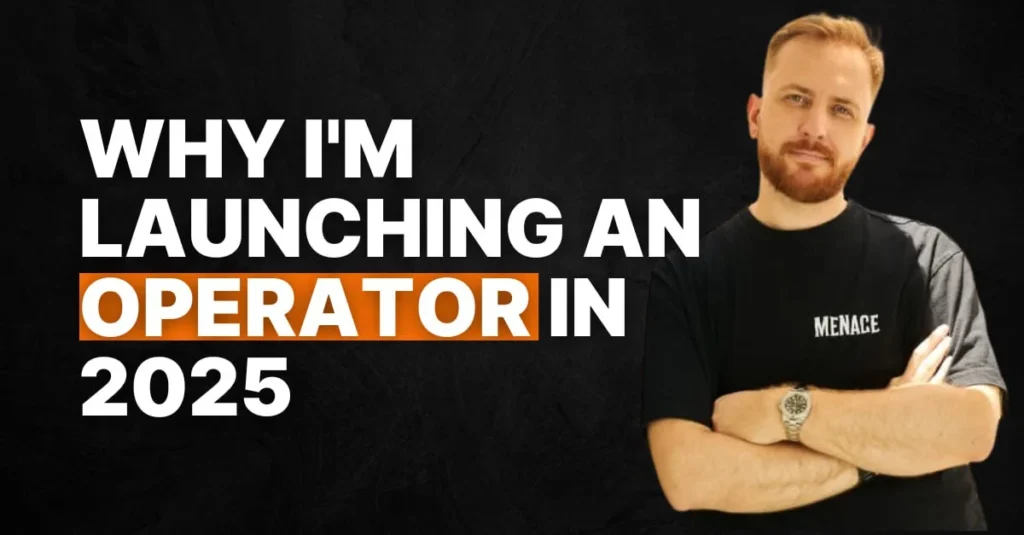Many iGaming companies think they’re innovating. They’re actually just performing.
New game variant? Innovation! UI refresh? Innovation! Another payment method? Revolutionary breakthrough!
But here’s the thing: if your competitors can replicate your “innovation” in three months, you weren’t innovating. You were just developing products with better marketing copy.
The Innovation Delusion
The industry has fallen into a commoditisation trap. Platform providers, payment methods, games, and targeting strategies have converged. Everyone builds on similar foundations, then adds different branding and calls it innovation.
Real innovation solves unmet customer needs. Innovation theatre just adds features that look impressive in presentations.
Why does this happen? Because genuine innovation is hard. It requires understanding what customers actually want versus what’s easy to build. It means potentially disrupting existing revenue streams. It demands long-term thinking in an industry with a shorter-term focus.
So teams default to safer approaches. Another live dealer variant, onboarding tweaks, social features nobody requested. Then they wonder why market share stays flat while some newcomer with a genuinely different approach gains traction.
The regulatory factor complicates this. “We can’t innovate because of compliance.” But regulation defines boundaries, not creativity within those boundaries. The best innovators see constraints as creative catalysts, not roadblocks.
Innovation theatre feels productive because it generates activity. Real innovation often starts with stopping and questioning assumptions everyone takes for granted.
The Customer-First Innovation Framework
Real innovation starts with understanding the job customers are trying to complete and how current solutions fall short.
Most operators begin with technology capabilities or competitor analysis. That’s backwards thinking that produces backwards results.
Here’s how to approach innovation systematically:
Process Innovation
Process Innovation represents the biggest overlooked opportunity. While everyone chases new features, the real wins come from eliminating friction. How many steps does a new player navigate to place their first bet? How many screens for a withdrawal? Every unnecessary interaction creates conversion loss.
It’s smart to audit customer journeys systematically. Identify friction points and remove them methodically. This innovation directly impacts metrics because it improves the fundamental experience.
Incremental Innovation
Incremental Innovation emerges from observing customer workarounds. Watch how players actually use your platform versus your intended design. They’re solving problems you didn’t recognise existed.
- Screenshotting bet slips because bet history is inadequate? Product opportunity.
- Using external calculators for complex bets? Integration opportunity.
- Creating spreadsheets to track performance? Feature opportunity.
Customers telegraph innovation needs constantly. Most operators miss these signals.
Service-Product Blur
Service-Product Blur happens when you redefine your business scope. You’re not just providing betting or gaming, you’re delivering entertainment, community, status, or excitement. Understanding the real job opens innovation possibilities.
Consider what surrounds core betting activity: information, analysis, social interaction, learning, achievement. These adjacent areas offer innovation potential because most operators focus narrowly on transactions.
Disruptive Innovation
Disruptive Innovation means questioning fundamental assumptions. Why do deposits require clearing time? Why are odds presented traditionally? Why do players need separate accounts for different products?
These patterns exist because of historical precedent, not customer preference. “We’ve always done it this way” kills innovation thinking.
Value curve analysis helps here. Map major competitors against category-defining attributes like odds quality, game selection, support quality, withdrawal speed, and bonus structures. Identify where everyone competes similarly. Those areas present disruption opportunities.
Apply the 80/20 principle ruthlessly. Instead of matching competitors across all attributes, deliberately underperform on 80% of features to dominate the 20% customers truly value.
Cross-industry learning accelerates this process. How do fintech companies handle onboarding? How do streaming services create engagement? How do gaming companies build communities? External perspectives often reveal internal blind spots.
Drop Everything Except Innovation
The solution requires focus discipline that feels uncomfortable initially.
That new marketing campaign? Pause it. That partnership initiative? Defer it. That segmentation study with catchy cohort names? Skip it.
Choose one genuine customer problem – not a feature gap, but an actual friction point that degrades their experience – and solve it completely.
Build innovation into regular operations rather than treating it as special projects vulnerable to budget cuts. The companies dominating tomorrow are innovating today while competitors copy each other.
Measure success through customer behaviour change, not feature launches or press coverage. Did people use what you built? Did it solve their problem? Did it change platform interaction patterns?
Innovation requires commitment that extends beyond quarterly planning cycles. It means accepting short-term resource allocation that may not immediately impact metrics but builds sustainable competitive advantages.
The opportunity exists because most operators focus on matching rather than leading. While everyone else performs innovation theatre, you can build solutions that genuinely matter.
Make this the year you move from following to leading through customer-focused innovation.



